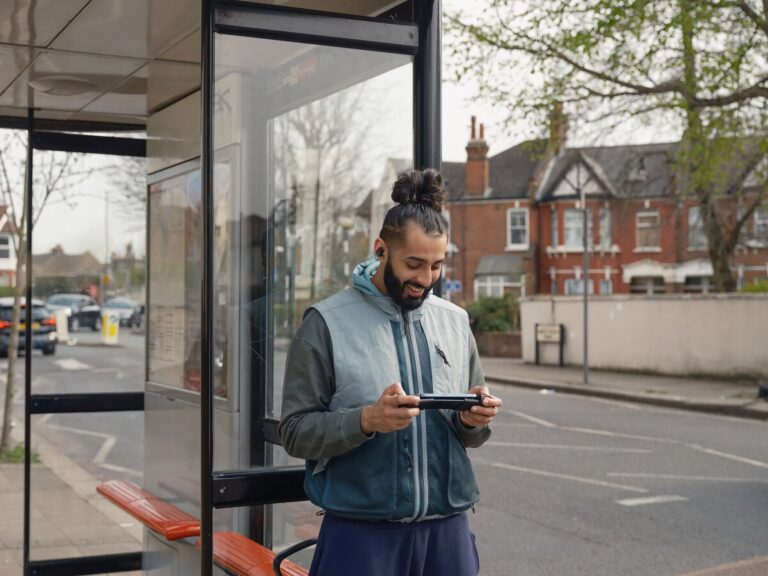BT, Ericsson and Qualcomm have successfully conducted trials demonstrating the capabilities of 5G Standalone (SA) network slicing.
The trial, conducted at BT Group’s research and innovation hub Adastral Park, used Ericsson’s 5G core and radio access network technology with devices powered by Qualcomm’s Snapdragon 8 Gen 2 for Galaxy Mobile. The potential for differentiated connectivity has been demonstrated for both consumers and businesses. platform.
Greg McCall, Chief Network Officer at BT, said: “Network slicing will enable us to offer new and improved capabilities to our customers in the 5G SA era.
“As we work hard towards launching our own 5G SA network, today’s successful demonstration of how slicing can differentiate quality of service and guarantee performance for different segments 5G SA is an important milestone and marks a new service that will be enabled by this.”
The trial leveraged network slicing technology to establish separate slices for gaming, enterprise, and enhanced mobile broadband (eMBB) applications. This enables dynamic partitioning of 5G SA networks, ensuring optimal performance even during peak usage periods for bandwidth-intensive activities such as mobile gaming and video conferencing. will be done.
As mobile gaming grows exponentially, network slicing is poised to play a pivotal role in improving the user experience.
BT-owned EE, the UK’s largest network, has seen gaming traffic almost double since the start of 2023 and now generates more than 2 petabytes of data each month. The trial demonstrated the importance of low-latency, jitter-free, immersive experiences in gaming, with network slicing expected to drive performance and growth in the 5G SA era.
During the trial, partners demonstrated an optimal mobile cloud gaming experience using Nvidia’s GeForce Now platform. Throughput levels are consistently high, exceeding the recommended 25 Mbps at 1080p resolution, even under background load conditions.
A gaming session in Fortnite was started using a Samsung S23 Ultra. Ericsson’s implementation of network slicing and radio resource partitioning on EE’s network ensured a seamless gaming experience and highlighted the benefits of an optimized network configuration.
Additionally, the trial tested the potential of network slicing for BT Group’s enterprise customers. This trial demonstrated his consistent 4K video streaming and enterprise use case on the Samsung S23 Ultra, utilizing enterprise and eMBB slices configured by URSP rules. Stable connectivity and low jitter are critical for enterprise communication platforms and video applications such as YouTube, and Ericsson’s 5G RAN slicing capabilities ensure an optimal experience.
Ericsson UK & Ireland CEO Catherine Ainley said: “5G standalone and network slicing will allow major carriers like EE to offer customers customized connectivity with varying speed, latency, and reliability requirements for specific applications such as video streaming. We’re showing what we can do.’ And the game.
“This ultimate next step in connectivity will enable the delivery of new services to consumers and businesses who require the highest performance, while helping to drive future market growth and innovation across a wide range of new industries in the UK. To do.”
(Image provided by: BT Group)
See also: SK Telecom and Intel develop low-latency 6G core technology


Are you looking to revamp your digital transformation strategy? Learn more about Digital Transformation Week in Amsterdam, California, and London. This comprehensive event will be held concurrently with IoT Tech Expo and Cyber Security & Cloud Expo.
Learn about other upcoming enterprise technology events and webinars from TechForge here.


